Cercospora Leaf Spot: Treatment & Prevention For Crape Myrtle
Prevent overcrowding of crepe myrtles and use fungicides on them…Ensure to get rid of the debris at all costs
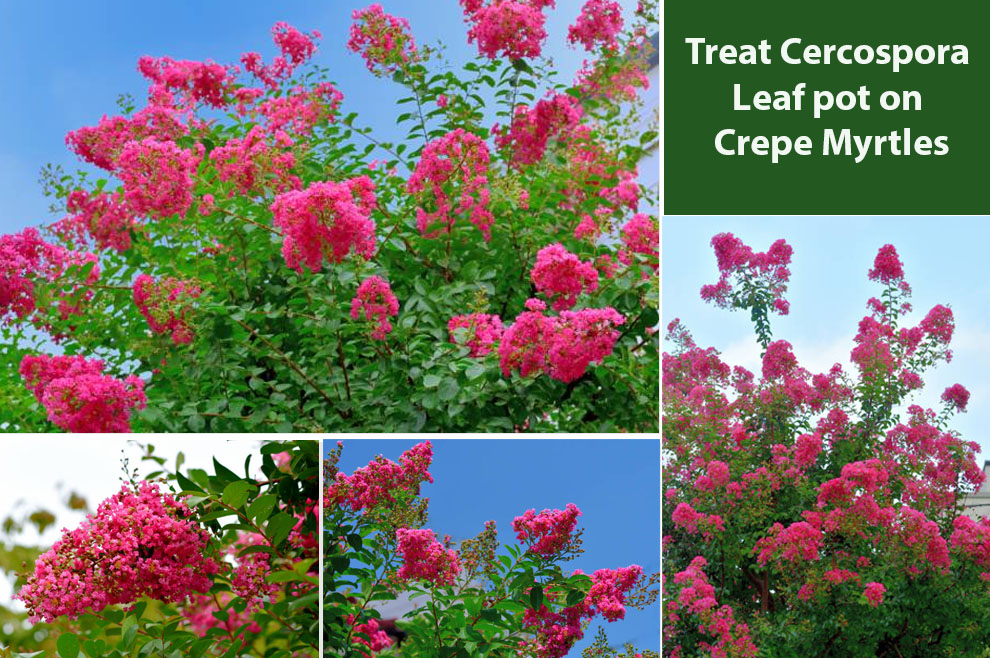
Lasgerstroemia indica or crepe myrtles are quite easy-growing plants. But it can commonly get attacked by a pathogenic fungus leading to a Cercospora leaf spot. This is the most common problem faced by crepe myrtles.
Some of the familiar symptoms of this disease include defoliation that starts from lower branches and moves upwards. In late summer and early fall, you might notice discoloration of the bright foliage of crepe myrtles.
So, you must know how to treat Cercospora leaf spot on crepe myrtles for healthy blooms to thrive.
Is Cercospora Leaf Spot Deadly?
Although this fungal disease is alarming, it is not necessarily lethal for crepe myrtles. With the application of some commonly available fungicides like thiophanate-methyl, myclobutanil, or chlorothalonil, you can effectively manage the Cercospora leaf spots in the initial stages.
There are many other ways through which you can revive your crepe myrtle infected with Cercospora leaf spot. So, let’s learn to manage this fungal problem.
Cercospora Leaf Spot Treatment Crape Myrtle Responds To
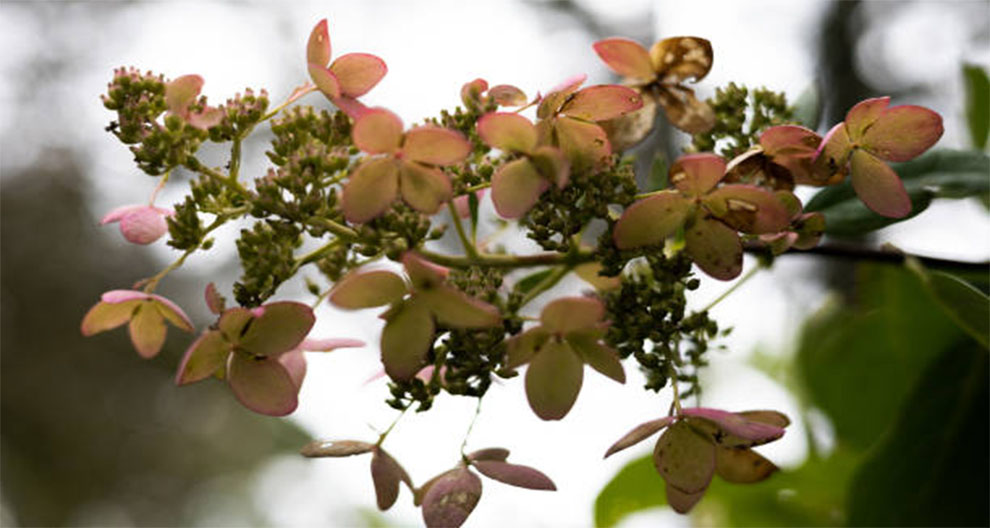
Massive plant infections like Cercospora can have a debilitating effect on crepe myrtle plants. Being harsh on crepe myrtles, this disease can defoliate them. Treating such kind of heavy infection is very important to avoid any further degradation in your plant’s health.
Cercospora leaf spot treatment needs to be followed consistently to get effective results. So, here are disease control measures that you can follow to remove the Cercospora leaf spot from crepe myrtles.
The best thing you can do is keep your plant in an area with good air circulation. The goal is to avoid stacking your plants together and rather keep them under favorable conditions depending on you’re the variety of crepe myrtle you select.
If your crepe myrtle is severely damaged, then you can control it using chemicals like myclobutanil (systhane), azoxystrobin (heritage), or thiophanate-methyl. Make sure to follow the directions as per the label while using chemicals.
Preventing Cercospora Leaf Spots
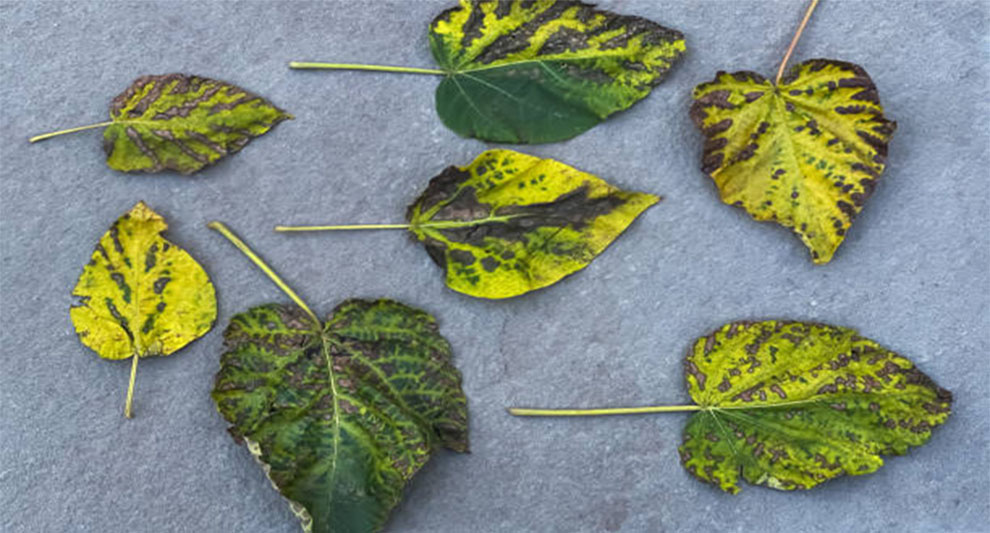
It is true that stopping your plant from getting infected is better than spending your time and energy reviving a severely damaged plant. In simple words, prevention is always better than cure. So, here are some effective tips to prevent Cercospora leaf spots and let your crepe myrtles bloom healthily.
- The most important tool to control this disease in crepe myrtles is to follow proper sanitation. Remember to get rid of the damaged leaves to prevent the spreading of infection.
- Another important practice that you can follow is to regularly water the plant surface. Don’t use overhead irrigation to water your leaves. It is because moist leaves lead to the germination of the spores of diseased leaves and spread the infection to other plants.
- Don’t keep your plants overcrowded and provide good air circulation. You can also use an effective fungicide to remove any severe infections. It is best to use nitrogen-based fertilizers which will allow your plants to grow at a moderate rate.
- Grow the resistant varieties of crepe myrtles to reduce the chances of infection.
What Does An Infected Leaf Look Like?
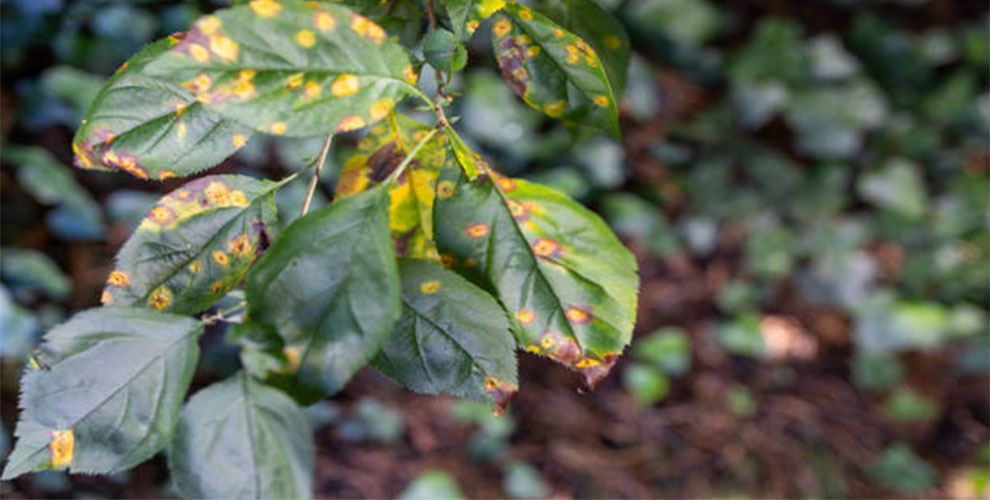
Cercospora is an infection that damages crepe myrtle. This is a common pathogenic fungus that feeds on the leaves of crepe myrtles leaving you with a debilitated plant. It leads to irregular and dark brown leaf spots.
This might further lead to other adverse problems like discoloration of bright foliage. The Cercospora infection can start damaging a tree from the lower branches and then it moves in the upward direction.
An infected crepe myrtle leaf often results in foliage discoloration with yellow, orange or red blotches. These patches are formed as a reaction to fungal toxins. When the splotches become bigger the flat and smooth texture of the leaves gets lost. They become more distorted and eventually turn yellow.
You can easily notice leaves falling off crepe myrtles as the summer ends and fall begins. While the plant might get infected even before that and may start showing symptoms all through summer.
What Causes Cercospora Leaf Spot on Crepe Myrtle?
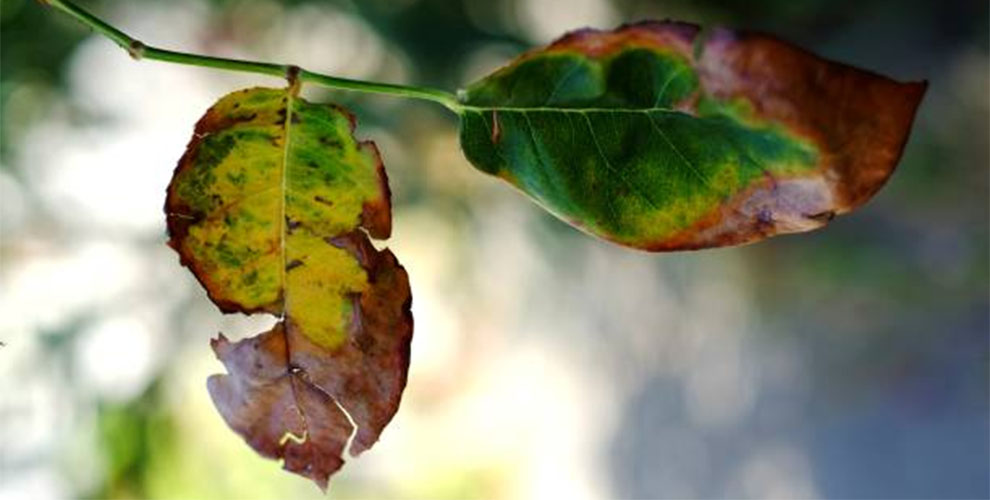
Cercospora leaf spot found on crepe myrtle is a common disease caused by a fungal pathogen known as Cercospora hydrangea. It can be quickly carried from one plant to another in rain or through irrigation.
Likewise, heavy wind and other mechanical measures also help in spreading Cercopsora in crepe myrtles species. The Cercospora leaf spots are most commonly noticeable in the month of July and last till October.
This disease usually spread in crepe myrtles placed in moist and warm weather conditions. The fungus attacks the upper surface of the leaf by forming yellow patches. Whereas, it forms white and grey spores on the lower surface.
Usually, it doesn’t cause any major harm to the plant but you need to know how to treat cercospora leaf spot on crepe myrtles effectively to prevent any significant damage. Most frequently, this disease can completely defoliate some species of this plant in the months of fall and summer.
Related: Crepe Myrtle Lifespan |Crepe Myrtle Dormancy
FAQs
Q. Does Cercospora come back every year?
Ans. They can come back if you don’t get rid of the debris. Cercospora lythracearum blight lives through the winter. Even after you remove it, it can be found in the scraps remaining in the gardens or yards. If you don’t take quick action to get it, it can be difficult to get rid of it. This infectious disease might come every year.
So, make sure to remove any diseased plants and loose/dead leaves from your garden. It’s better to have a routine for sprucing up your garden and getting rid of any unwanted debris before you put your tools in a box.
Q. Can Cercospora kill your crepe myrtle?
Ans. Crepe myrtles are known as highly resilient plants. A few of the crepe myrtle types can also get through crepe murder season every spring.
While you’ll notice that Cercospora might harm some of its varieties due to their poor tolerance towards this disease.
However, it is surprising that this disease doesn’t kill crepe myrtles. Even if its leaves start falling because of Cercospora blight, it might not affect the growth of your crepe myrtle. In extreme cases, you might need to get rid of your infected crepe myrtle plant.
Q. What other problems affect crepe myrtle?
Ans. Although crepe myrtles are easy-going plants. But, several problems can stop them from growing peacefully. Some of the most common problems that affect crepe myrtles include aphids, the formation of powdery mildew, and sooty mold. Even adult Japanese beetles can damage crepe myrtles by feeding on them.
Summing Up…
Cercospora is a common fungal disease that can infect your crepe myrtles. It can be often noticed in the form of dark brown and yellow spots in the leaf of your plants. The infection is contagious and needs to be treated before it spreads.
But it is not necessarily life-threatening to crepe myrtle plants. Don’t worry, you can follow some easy care instructions for crepe myrtles and practice these control measures to revive your plant health. We hope you will find the above mentioned Cercospora leaf spot treatment crape myrtle needs to be helpful.
